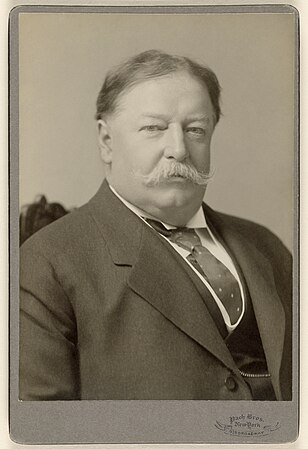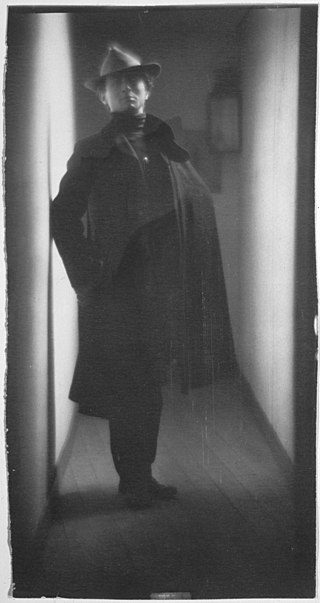
Edward Jean Steichen was an American photographer, painter, and curator. He is considered among the most important figures in the history of photography.
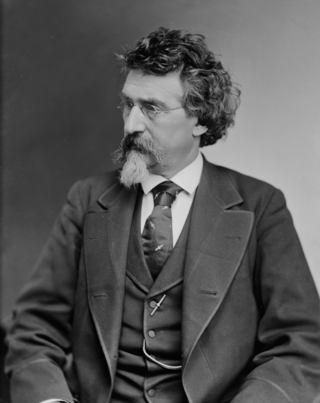
Mathew B. Brady was an American photographer. Known as one of the earliest and most famous photographers in American history, he is best known for his scenes of the Civil War. He studied under inventor Samuel Morse, who pioneered the daguerreotype technique in America. Brady opened his own studio in New York City in 1844, and went on to photograph U.S. presidents John Quincy Adams, Abraham Lincoln, Millard Fillmore, and Martin Van Buren, and other public figures.

The American Civil War was the most widely covered conflict of the 19th century. The images would provide posterity with a comprehensive visual record of the war and its leading figures, and make a powerful impression on the populace. Something not generally known by the public is the fact that roughly 70% of the war's documentary photography was captured by the twin lenses of a stereo camera. The American Civil War was the first war in history whose intimate reality would be brought home to the public, not only in newspaper depictions, album cards and cartes-de-visite, but in a popular new 3D format called a "stereograph," "stereocard" or "stereoview." Millions of these cards were produced and purchased by a public eager to experience the nature of warfare in a whole new way.
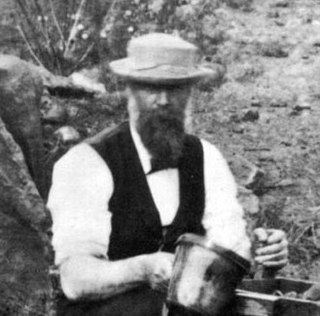
Carleton E. Watkins (1829–1916) was an American photographer of the 19th century. Born in New York, he moved to California and quickly became interested in photography. He focused mainly on landscape photography, and Yosemite Valley was a favorite subject of his. His photographs of the valley significantly influenced the United States Congress' decision to preserve it as a National Park.

Albert William Thomas Hardy was an English documentary and press photographer known for his work published in the Picture Post magazine between 1941 and 1957.

Peter Hujar was an American photographer best known for his black-and-white portraits. Hujar's work received only marginal public recognition during his lifetime, but he has since been recognized as a major American photographer of the late 20th century.
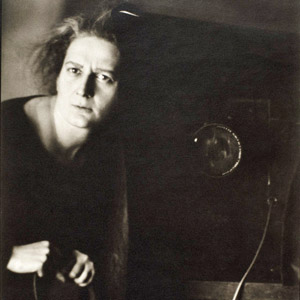
LotteJacobi was a leading American portrait photographer and photojournalist, known for her high-contrast black-and-white portrait photography, characterized by intimate, sometimes dramatic, sometimes idiosyncratic and often definitive humanist depictions of both ordinary people in the United States and Europe and some of the most important artists, thinkers and activists of the 20th century.

Graciela Iturbide is a Mexican photographer. Her work has been exhibited internationally, and is included in many major museum collections such as the San Francisco Museum of Modern Art and The J. Paul Getty Museum.
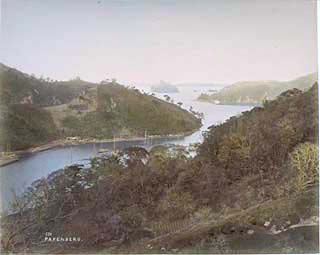
The firm of Stillfried & Andersen, also known as the Japan Photographic Association, was a photographic studio founded by Baron Raimund von Stillfried and Hermann Andersen that operated in Yokohama, Japan between 1876 and 1885. The studio is noted for its portraits and landscapes that were often hand-coloured and presented in bound albums. The firm also produced photographic prints from negatives by Felice Beato.

Gertrude Käsebier was an American photographer. She was known for her images of motherhood, her portraits of Native Americans, and her promotion of photography as a career for women.

Adolfo Müller-Ury, KSG was a Swiss-born American portrait painter and impressionistic painter of roses and still life.
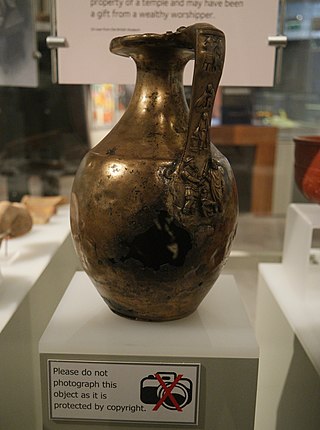
A copyfraud is a false copyright claim by an individual or institution with respect to content that is in the public domain. Such claims are unlawful, at least under US and Australian copyright law, because material that is not copyrighted is free for all to use, modify and reproduce. Copyfraud also includes overreaching claims by publishers, museums and others, as where a legitimate copyright owner knowingly, or with constructive knowledge, claims rights beyond what the law allows.
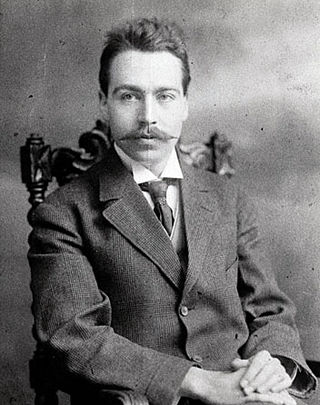
Walter Pach was an artist, critic, lecturer, art adviser, and art historian who wrote extensively about modern art and championed its cause. Through his numerous books, articles, and translations of European art texts Pach brought the emerging modernist viewpoint to the American public.

Carol McKinney Highsmith is an American photographer and author. Her work documents the landscapes, architecture, and people of the rural and urban United States in a decades-long nationwide study, in progress since the 1980s. Highsmith has donated her photographs to the Library of Congress since 1992, creating a collection of nearly 100,000 images, all of which are in the public domain.

Jean Adolphe Braun was a French photographer, best known for his floral still lifes, Parisian street scenes, and grand Alpine landscapes.

The participation of women in photography goes back to the very origins of the process. Several of the earliest women photographers, most of whom were from Britain or France, were married to male pioneers or had close relationships with their families. It was above all in northern Europe that women first entered the business of photography, opening studios in Denmark, France, Germany, and Sweden from the 1840s, while it was in Britain that women from well-to-do families developed photography as an art in the late 1850s. Not until the 1890s, did the first studios run by women open in New York City.

William Herman Rau was an American photographer who was active primarily in the latter half of the 19th and early 20th centuries. He is best remembered for his stereo cards of sites around the world, and for his panoramic photographs of sites along the Pennsylvania Railroad.
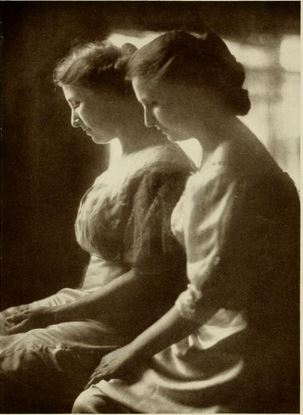
Emme Gerhard (1872–1946) and Mayme Gerhard (1876–1955), the Gerhard Sisters, were among the first women photographers to establish a studio in St. Louis, Missouri, in 1903. At the time newspapers and magazines rarely hired women as staff photographers to capture late breaking news.

George Norman Barnard was an American photographer most well known for his photographs from the American Civil War era. He is often noted as G. N. Barnard.

Florence Maynard was an American photographer. She has portraits in several American collections.




